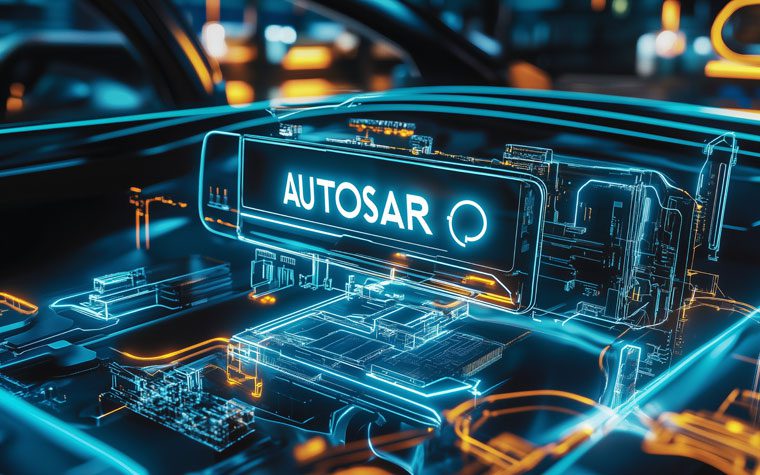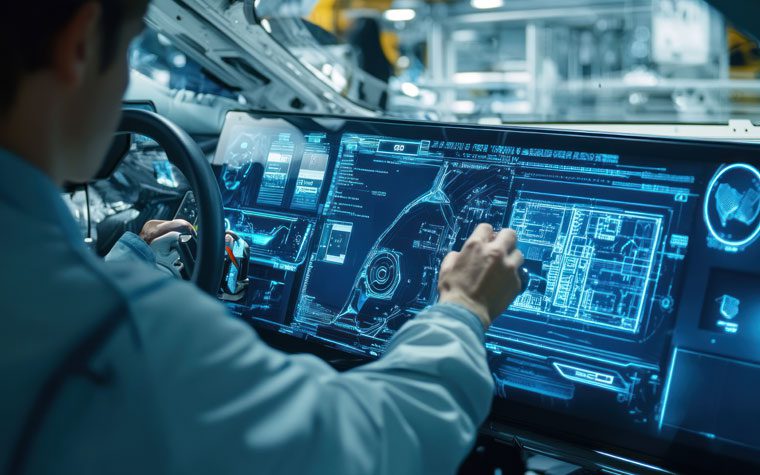
Understanding Virtual Design & Construction (VDC): Implementation and Differences with BIM
Virtual Design and Construction (VDC) is a process that utilizes digital technologies and methodologies to enhance the design, construction, and management of a project. It involves the creation of a virtual representation of a construction project, like BIM, but with a focus on the overall project lifecycle and process rather than just the design phase. It integrates various data sources and models, including architectural, structural, and MEP (mechanical, electrical, plumbing) systems, along with other project-related information, such as schedules, costs, and logistics.
Know about the different aspects of VDC, its implementation, and differences with Building Information Modeling.
Key Aspects of VDC
- Collaboration and Coordination: VDC promotes collaboration and coordination among project stakeholders, enabling them to work together in a virtual environment. This allows for early identification and resolution of conflicts, improved decision-making, and reduced rework.
- 4D and 5D Modelling: VDC incorporates time (4D) and cost (5D) dimensions into the digital models, enabling the visualization and analysis of construction sequencing, scheduling, and resource allocation. This helps in optimizing construction processes and managing project costs more effectively.
- Clash Detection and Risk Mitigation: VDC utilizes clash detection tools to identify and resolve conflicts between different building systems or components. It also aids in assessing and mitigating project risks by simulating various scenarios and analyzing potential impacts.
- Prefabrication and Modularization: VDC facilitates the use of prefabrication and modular construction techniques by optimizing component designs and coordinating their assembly off-site. This can result in faster construction, improved quality, and reduced waste.
- Operation and Maintenance: VDC supports the transfer of accurate and up-to-date information from the construction phase to the facility management stage. This allows for efficient facility operation, maintenance, and future renovations or expansions.
Differences between VDC and BIM
Virtual Design and Construction and Building Information Modelling are related concepts but have distinct differences. Here are the key differentiating factors:
| BIM | VDC | |
| Scope | BIM primarily focuses on the creation and management of digital models that represent the physical and functional aspects of a building or infrastructure project. It encompasses the design and documentation phases, emphasizing the collaboration between different disciplines. | VDC extends beyond design and includes the entire project lifecycle, incorporating construction, logistics, scheduling, cost management, and facility operations. |
| Time and Cost | BIM provides a spatial representation of the project | VDC goes a step further by integrating time (4D) and cost (5D) dimensions. VDC enables the visualization and analysis of construction sequencing, scheduling, and resource allocation, allowing for better time and cost management throughout the project lifecycle. |
| Collaboration and Coordination | Both BIM and VDC emphasize collaboration and coordination among project stakeholders | VDC places a stronger emphasis on these aspects. VDC aims to facilitate better collaboration through enhanced data integration, communication, and coordination among architects, engineers, contractors, and other parties involved in the project. |
| Clash Detection and Risk Mitigation | BIM includes clash detection capabilities to identify conflicts between different building systems or components. | VDC employs advanced clash detection tools and simulation capabilities to identify clashes, evaluate potential risks, and mitigate them through scenario analysis and optimization. |
| Prefabrication and Modularization | – | VDC places more emphasis on prefabrication and modular construction techniques. It optimizes component designs and coordinates their assembly off-site, promoting efficiency, quality, and reduced waste in construction. |
| Operation and Maintenance | – | VDC considers the post-construction phase by facilitating the transfer of accurate and up-to-date information from construction to facility management. It supports efficient facility operation, maintenance, and future renovations or expansions. |
Implementing VDC in Your Organization Successfully
To make your business compatible with Virtual Design and Construction (VDC), consider the following steps:
Step 1: Adopt a BIM-enabled Workflow: Implement a BIM workflow within your organization. This involves training your staff on BIM principles, software, and best practices. Encourage collaboration and information sharing among team members to foster a culture of digital collaboration.
Step 2: Invest in Technology and Infrastructure: Ensure that your business has the necessary hardware, software, and infrastructure to support VDC. This includes powerful computers, BIM software licenses, high-speed internet connectivity, and secure data storage solutions. Stay updated with the latest technology trends in the AEC (Architecture, Engineering, and Construction) industry.
Step 3: Collaborative Culture: Foster a collaborative culture within your organization. Encourage interdisciplinary coordination and communication among team members, including architects, engineers, contractors, and subcontractors. Emphasize the importance of sharing information and working together on a common digital platform.
Step 4: Data Management and Integration: Establish robust data management processes to handle the large volumes of data generated during VDC. Ensure that data is stored, organized, and easily accessible to the relevant stakeholders. Integrate data from various sources, such as architectural, structural, and MEP models, schedules, costs, and logistics, to create a comprehensive digital representation of the project.
Step 5: Partner with Technology Providers: Collaborate with technology providers and software vendors that specialize in BIM and VDC. Stay informed about new tools, applications, and advancements in the field. Establish partnerships with vendors who can provide ongoing support, training, and updates to your software and technology infrastructure.
Step 6: Embrace 4D and 5D Modelling: Incorporate time (4D) and cost (5D) dimensions into your digital models. Utilize scheduling and cost management tools to visualize construction sequencing, resource allocation, and project costs. This enables better planning, risk assessment, and optimization of construction processes.
Step 7: Prefabrication and Modularization: Explore opportunities for prefabrication and modular construction methods. Optimize designs for off-site manufacturing and assembly. Identify areas where prefabrication can lead to improved efficiency, cost savings, and enhanced quality.
Step 8: Continuous Improvement: VDC is an evolving field, and it’s important to stay updated with industry trends and best practices. Encourage a culture of continuous learning and improvement within your organization. Participate in industry conferences, workshops, and training programs to enhance your knowledge and skills in VDC.
By implementing these steps, your business can become compatible with Virtual Design and Construction (VDC), enabling you to leverage the benefits of digital collaboration, enhanced coordination, and improved project outcomes. However, implementing VDC all by yourself can end up being a cost-intensive affair. As an alternative, consider outsourcing VDC and BIM services to specialist engineering firms with the relevant experience, technological capabilities, and domain depth.


